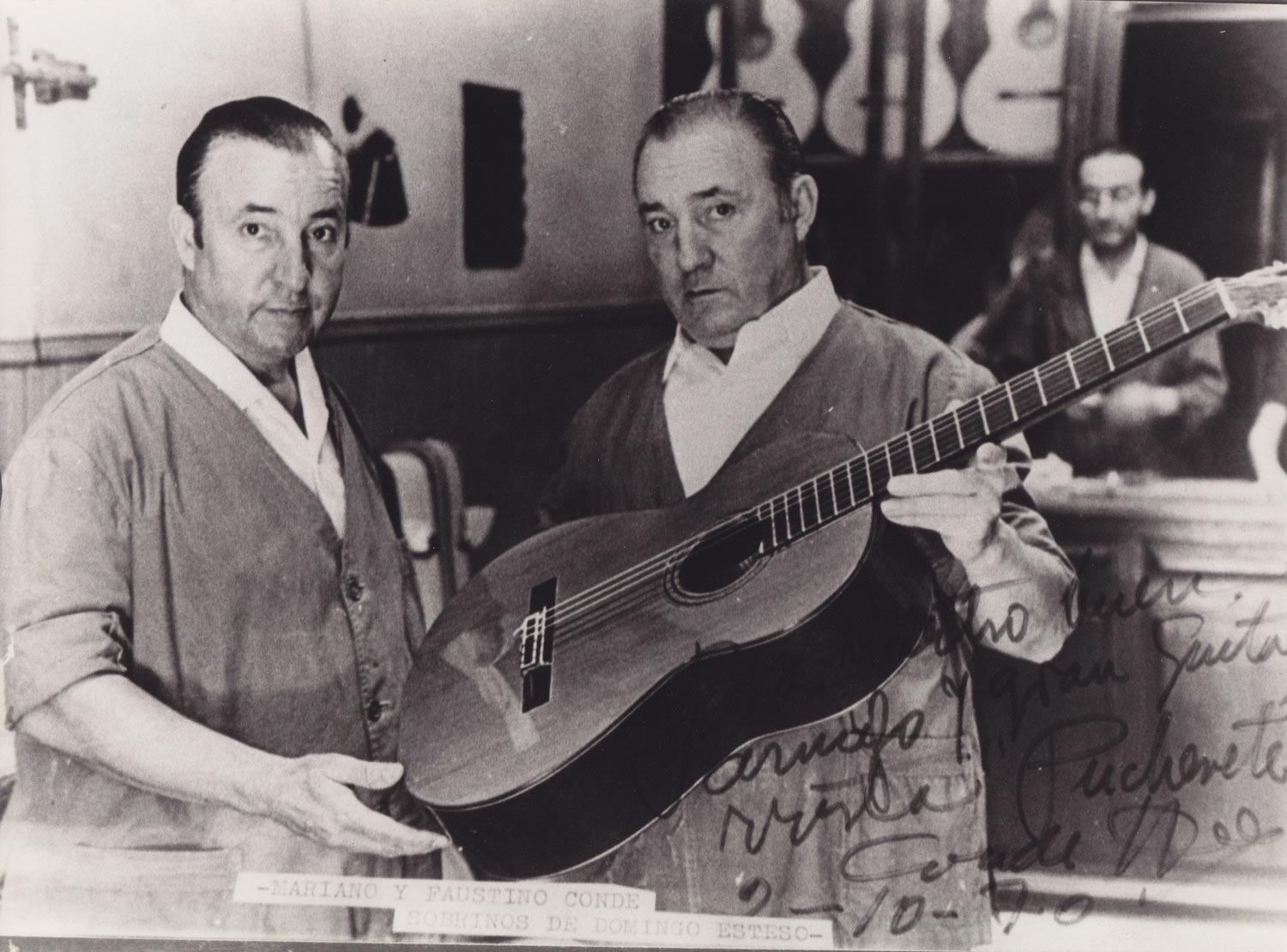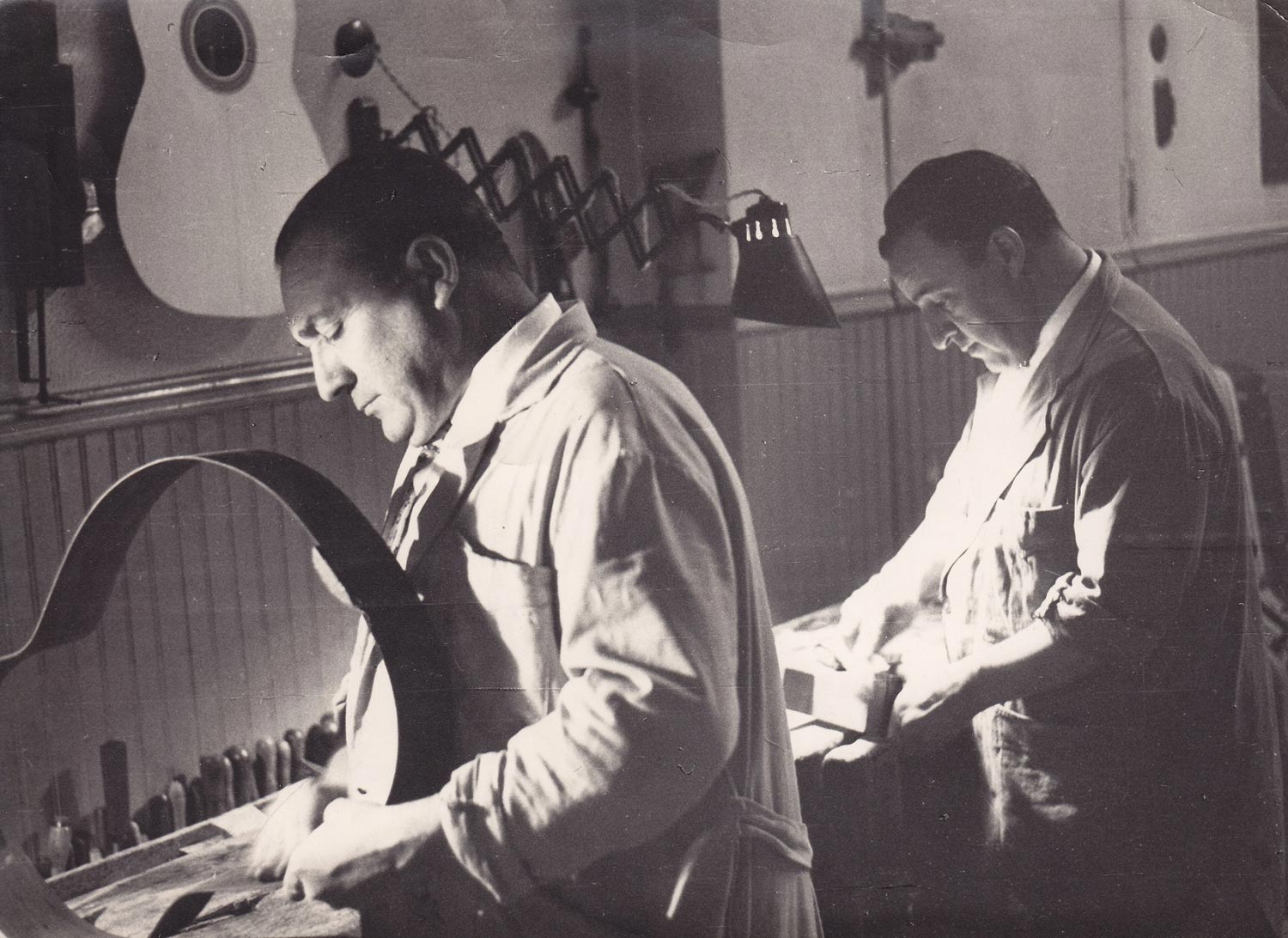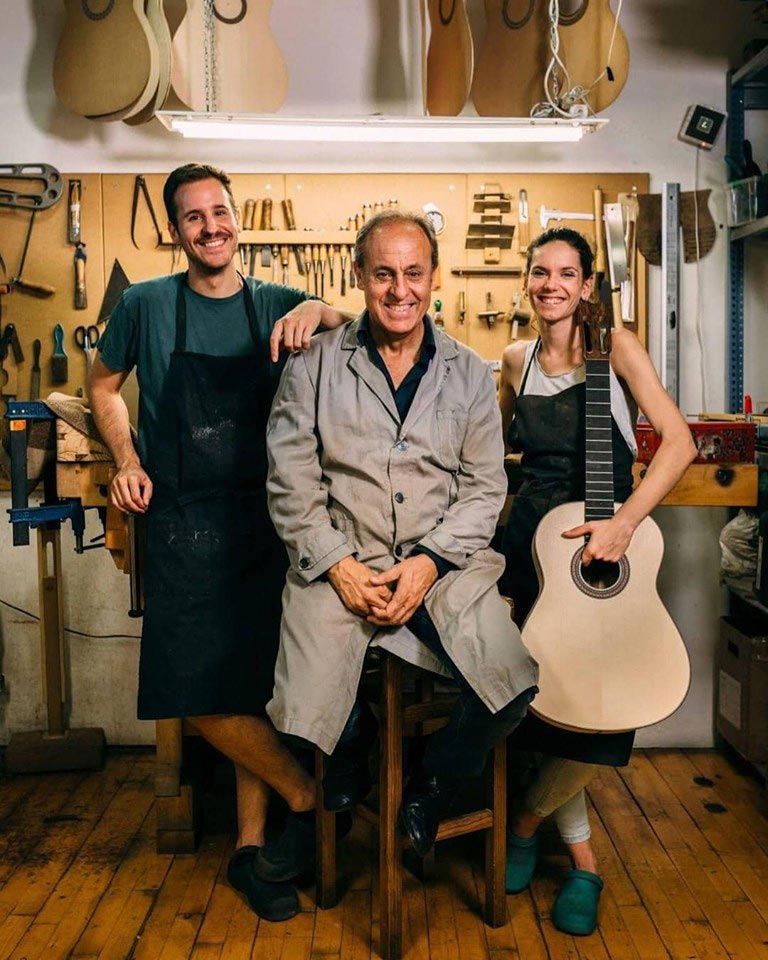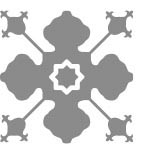Biography
My name is Felipe Conde Crespo, and I am the Conde / Esteso’s fourth generation of guitarreros. Before talking about my career path I would like to introduce my family’s history, as it constitutes the basis of my work and approach to the guitar.
Domingo Esteso was the first guitarrero of the family. He was an apprentice of Manuel Ramirez and went on to become one of the most reputed guitar and Spanish folk plucked instruments builders of the first half of the 20th century. Esteso opened his own workshop, together with his wife, Nicolasa Salamanca, who varnished the guitars, at 7 Gravina Street, where he made aesthetically simple and elegant instruments. His construction system provided his guitars with a characteristic, rich, and deep sound that attracted many of the best musicians of his time.
Due to great demand and the fame of his instruments, Esteso took on his nephews Faustino and Mariano Conde (my grandfather) as apprentices. After Esteso’s death, both brothers, together with their aunt, took the reins of the family workshop. After a number of years, the youngest of the brothers, Julio, also joined the family business. For this reason, the guitars of that time are labeled as “Viuda y sobrinos de Esteso” (“The widow and nephews of Esteso”), thereby guaranteeing the continuity of Esteso’s guitars.

Mariano and Faustino Conde at the Gravina 7 Workshop

Faustino and Mariano Conde working
After Nicolasa’s death, the brothers continued to build guitars under different names, first “Sobrinos de Esteso” and, later, “Hermanos Conde”, using both names and changing their order in the following decades. Over the course of more than 40 years, the brothers built guitars of such a great quality and perfection that they, too, attracted some of the best guitarists of all time—notably, Paco de Lucía. Throughout this period, some of the most famous rosettes of the firm were designed, as well as the silhouette of the headstock, called the media luna (or “half moon”) and which today constitutes the mark of my family’s identity.
In 1971, my father, Felipe Conde Cavia, joined the trade and remained in the workshop at 7 Gravina Street until 1980. That same year, he moved with his father Mariano and his brother, Mariano Conde Jr, to the workshop at Felipe V Street, where they worked under the name Conde Hermanos. The opening of this second workshop did not mean a disassociation from the Gravina workshop until the death of Faustino Conde, in 1988. During this time, new construction improvements and unprecedented aesthetic refinement were introduced in the history of the firm.
In 2010, my father, Felipe Sr., opened his own workshop. From then on, his main endeavor has been to recover sounds from earlier times and incorporate them into a meticulous guitar-making system. In addition, it is worth highlighting his analysis of historical guitars of the family and other historical builders of the 20th century.
In 2007, in this environment of constant evolution, I gradually commenced work as a luthier. Thanks to the wisdom and tuition of my father, inherited from previous generations, I was able to build a solid foundation that has allowed me to make guitars with my own signature since 2012 Against this background, in 2022, I decided to embark on a new project and open my own workshop.

Mariano and Faustino Conde at the Gravina 7 Workshop

Faustino and Mariano Conde working

From left to right: Myself , my father and my sister at the Arrieta 4 workshop.
My perspective
Being born into a family of guitar makers, I have been in contact with the workshop and wood from a very young age. Thanks to the family legacy and my father, I have had the great privilege of close contact with some of the world’s finest guitarists and have benefitted much their feedback, needs, and suggestions, incorporating them into my own work philosophy. My roots, the contact with guitarists and my own interest in improving the instrument have made me develop my own methodology, always respecting the canons of the family tradition and also taking the best guitar builders as points of reference.
To make a guitar by hand with the best sound qualities, I select aged woods which have been naturally drying in optimal conditions in the large stock of my family for decades. My workshop is always conditioned so that the temperature and humidity are perfect, for both the correct drying of the glue, and the preservation of the instrument during and after its construction.
All the pieces and processes are elaborated meticulously and in an individualized way, adapting them to the sound that I need in each case. In this way, each piece of the instrument is exhaustively analyzed and calibrated according to its physical characteristics.
When I work on my guitars I look for a subtle, balanced, colorful, refined, wide and voluminous sound. For my classical guitars, I strive for a round and velvety sound, while for my flamenco guitars, my goal is the attainment of a percussive and immediately responsive, sound.
Another fundamental aspect that I prioritize is the comfort of the guitar. In order to make this happen as much as I can, I have developed, together with my father, a system of soleras, i.e., foundational molding, and fretboard treatment that allows the instrument to be adapted to any pulsation. These developments in building technique have resulted in a system that combines aspects of the angle and shape of the guitar top and neck with a meticulous carving of the fingerboard which enables me to adapt the instrument to any musician.
In addition to sound quality and comfort, each aesthetic detail is carefully examined and treated with great patience, in order to create unique instruments with an excellent finish. The finish of my guitars varies depending on the preference of the guitarist, and it is possible to varnish the instrument with shellac or with a fine nitro, allowing the full acoustic development of the guitar.
To conclude, my construction philosophy combines touch, senses and passion with a scientific approach that leaves very little to chance.

